What was considered high-end in 2012 might raise eyebrows today. Real estate listings still boast certain “luxury” features that feel more dated than desirable. While trends come and go, true modern luxury evolves with design and lifestyle shifts. Here are 12 so-called upscale add-ons that now feel more nostalgic than impressive.
1. Travertine Tile
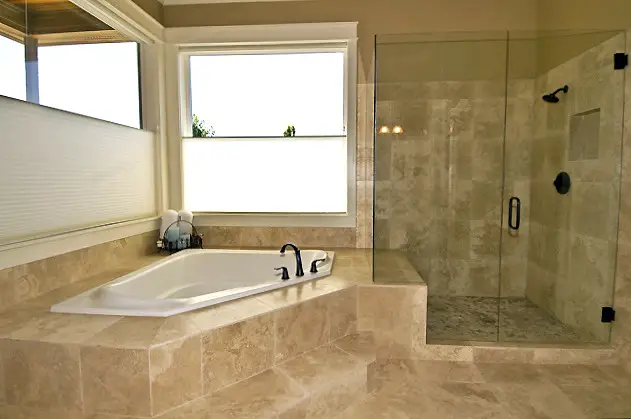
Travertine tile was once considered the epitome of elegance in kitchens and bathrooms, with its natural texture and earthy beige tones. It brought a Mediterranean-inspired warmth that felt upscale and timeless in the early 2010s. Builders and homeowners embraced it for floors, showers, and backsplashes, especially when paired with bronze fixtures and dark wood cabinetry. At the time, it signaled a home that was a cut above builder-grade basics.
Today, however, travertine’s uneven tones and heavy texture can make a space feel dated and weighed down, says Better Homes & Gardens. Design preferences have shifted toward clean, sleek finishes like large-format porcelain, matte marble-look tile, or even polished concrete. These newer materials offer a more streamlined, minimalist aesthetic while being easier to maintain and more consistent in tone. In current listings, travertine is more likely to read “outdated” than “upscale,” and many buyers view it as something they’ll need to renovate sooner rather than later.
2. Built-In Desk Nooks in the Kitchen
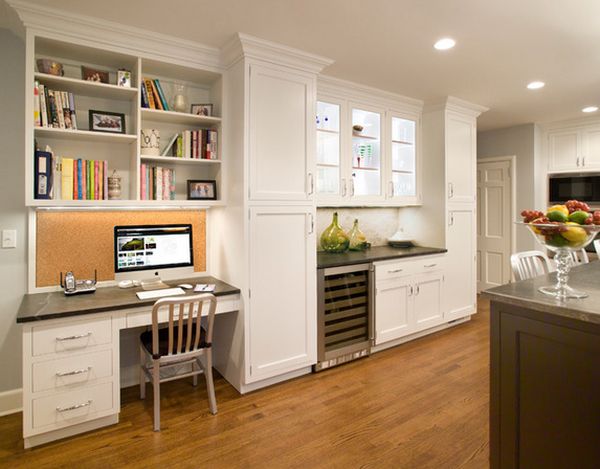
Kitchen desk nooks were once a symbol of thoughtful design—an organized corner for paying bills, writing grocery lists, or keeping a family calendar. Tucked near the fridge or just off the main cooking area, these small workspaces were seen as a clever way to combine function and flow in the heart of the home. Builders frequently included them as a value-add, carving out a mini office space in otherwise unused cabinetry.
But in today’s world, where entire rooms have been converted into home offices, these tiny kitchen desks now feel more like wasted space than smart design, suggests House Beautiful. They interrupt the visual harmony of modern kitchens, break up countertop continuity, and take away valuable storage or prep space. Plus, with most households relying on laptops, tablets, and smartphones instead of desktop setups, the built-in desk has lost its original utility. Homebuyers today often see these nooks as a remodeling opportunity rather than a perk.
3. Ornate Kitchen Cabinetry
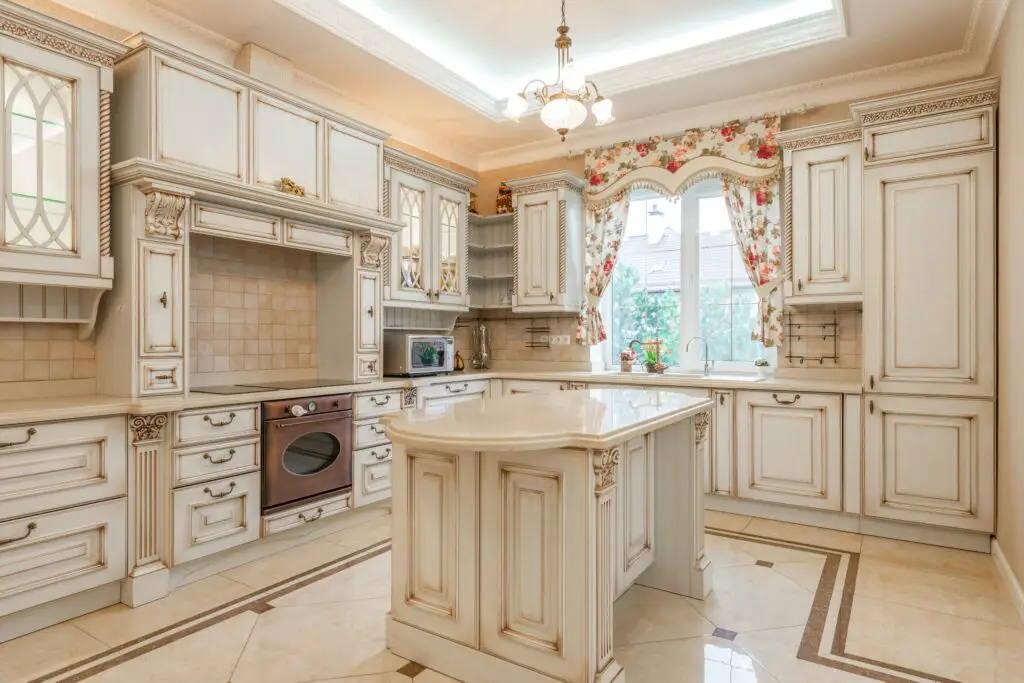
Elaborately carved wooden cabinets with intricate detailing were once a hallmark of high-end kitchens, but now, they make a space feel heavy and outdated. The trend has shifted towards minimalist, sleek cabinetry with clean lines and modern finishes like flat-panel or shaker-style doors. Overly detailed cabinets can be difficult to clean, as dust and grime accumulate in the crevices, notes Homes & Gardens. Buyers today want kitchens that feel bright, open, and easy to maintain rather than overly decorated and traditional.
In addition to aesthetics, ornate cabinetry often doesn’t pair well with modern kitchen appliances and countertops. Many buyers prefer lighter wood tones or painted cabinets in neutral shades, which make the space feel larger and more inviting. The excessive detailing can also clash with contemporary home designs, limiting a buyer’s ability to personalize the space. Because of this, many homeowners opt to refinish or replace heavy cabinetry with more modern, understated options.
4. Sunken Living Rooms
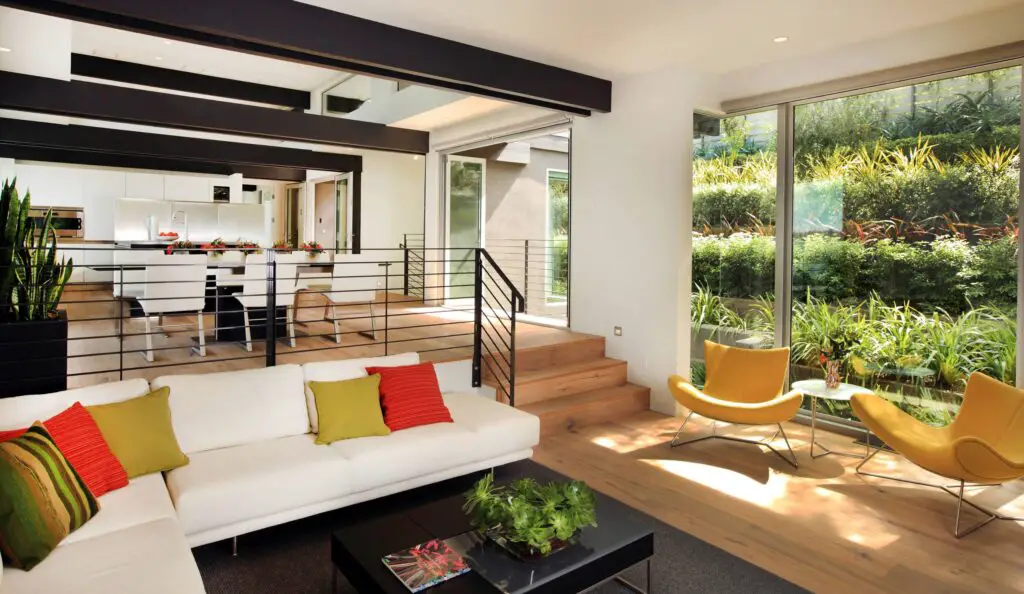
A split-level or sunken living room once added architectural interest and a sense of separation between spaces, but now, it’s seen as a tripping hazard and an inconvenience. Many buyers with children or elderly family members see the step-down design as a safety risk rather than a stylish feature. Apartment Therapy also says that the uneven flooring makes it difficult to rearrange furniture or create a seamless flow between spaces. As open-concept living becomes more desirable, the appeal of sunken rooms continues to fade.
Beyond safety concerns, sunken living rooms can also make a home feel outdated and less adaptable to modern living needs. Many buyers prefer wide, even flooring that allows for easier mobility and accessibility. The presence of steps can also make home renovations, like installing new flooring, more expensive and complicated. In many cases, homeowners are now leveling out their sunken living spaces to create a more cohesive and functional layout.
5. Media Rooms with Built-In Seating
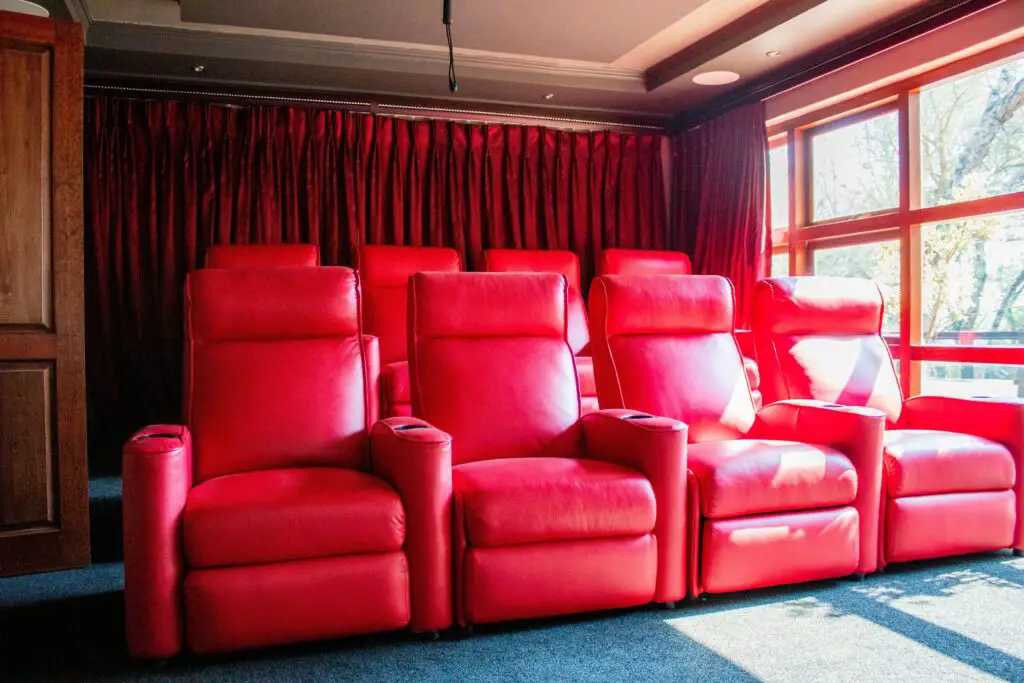
Dedicated media rooms with tiered seating and built-in speakers once felt like the ultimate luxury, but now they limit flexibility and feel excessive. With the rise of streaming services and smart TVs, homeowners are no longer investing in rooms dedicated solely to watching movies. Many buyers prefer a cozy, multi-use living space rather than a dark, theater-like setting that may only be used occasionally. The need for specialized audio-visual equipment has also decreased as wireless sound systems have become more advanced and portable.
Additionally, these media rooms often take up valuable square footage that could be used for more functional living spaces. Built-in seating and permanent fixtures make it difficult for new homeowners to repurpose the room for other needs, such as a home office or playroom. Many buyers now prefer a more open and inviting living area where they can entertain, rather than a room designed exclusively for watching films. As home layouts become more flexible, rigidly designed spaces like these are falling out of favor.
6. Jetted Bathtubs
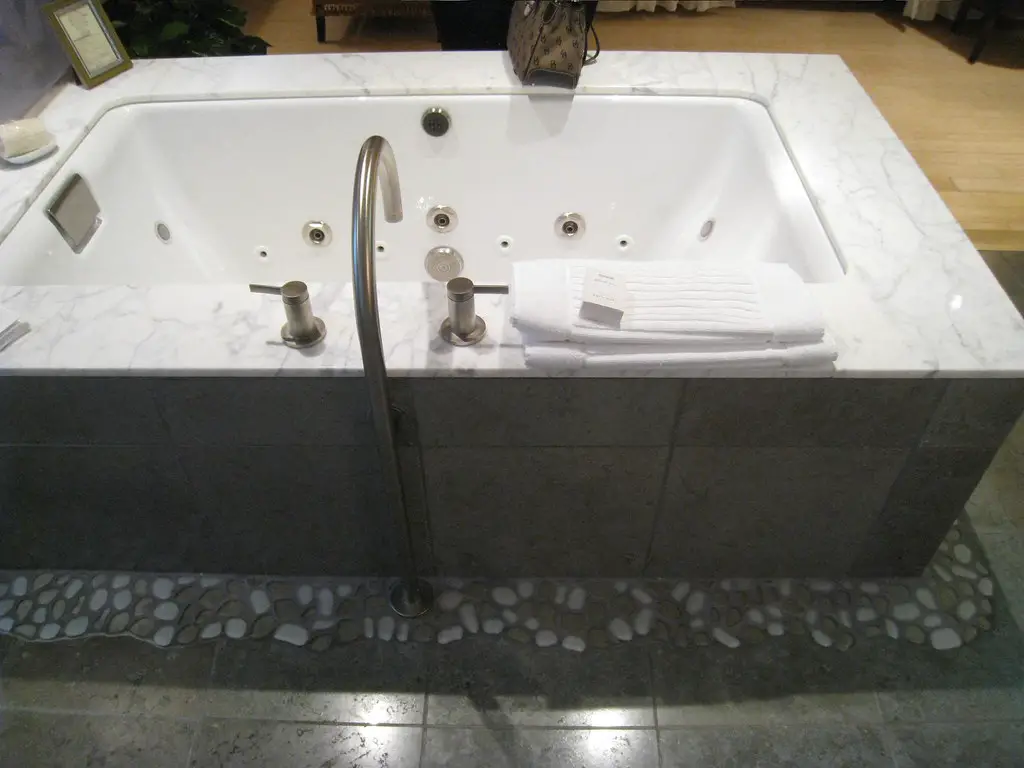
Once a staple of luxury bathrooms, jetted tubs have fallen out of favor due to their high maintenance and space-consuming design. Many buyers see them as impractical, as they require frequent cleaning to prevent mold and bacteria buildup. The noise from the jets can also be disruptive, making it less of a spa-like retreat than originally intended. On top of that, they use a significant amount of water and energy, which doesn’t align with today’s eco-conscious mindset.
Beyond the practical drawbacks, many buyers now prefer larger, walk-in showers with modern tiling and multiple showerheads. Jetted tubs also tend to look outdated, especially when they feature bulky designs and outdated materials. With many homeowners rarely using them, these tubs often take up valuable square footage that could be better utilized. As a result, buyers now prioritize functionality and sleek, modern bathroom layouts over oversized tubs.
7. Formal Dining Rooms
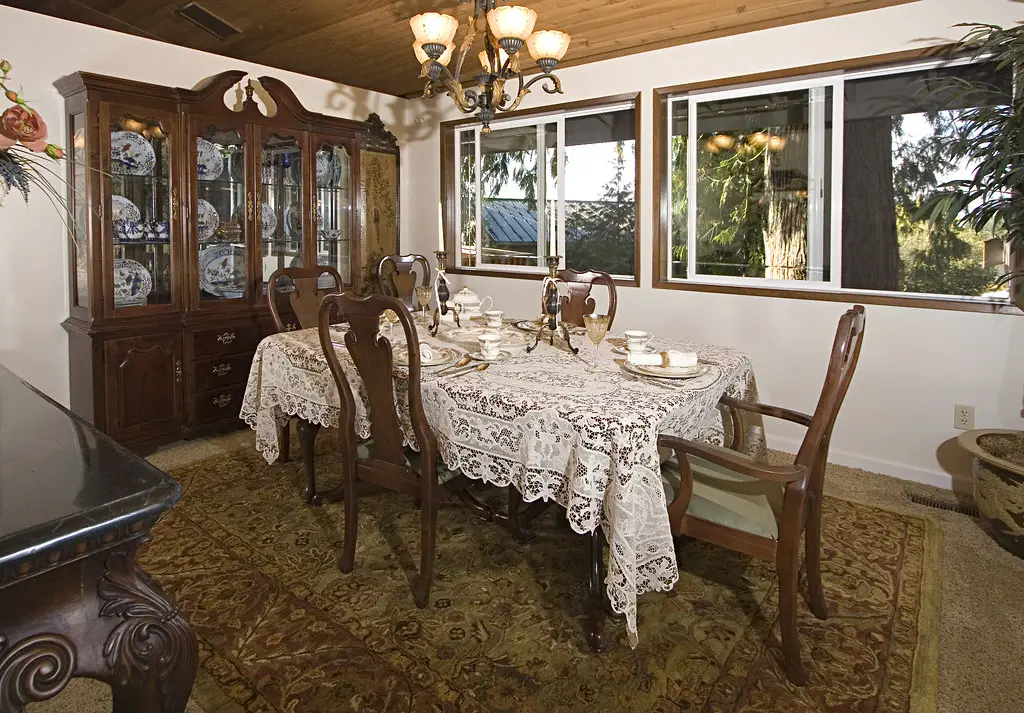
At one time, a formal dining room was the mark of an elegant home, but today’s buyers are looking for more flexible, open-concept spaces. With casual dining becoming the norm, many homeowners now prefer eat-in kitchens, breakfast nooks, or multipurpose rooms instead. Formal dining rooms are often underutilized, making them seem like wasted space in homes where functionality is key. The shift towards a more relaxed, communal dining experience has made these rooms feel outdated and unnecessary.6Additionally, many homebuyers prioritize open floor plans where the kitchen flows seamlessly into the living space. A dedicated dining room can make a home feel compartmentalized rather than airy and modern. For those with limited square footage, a separate dining space can feel like an impractical luxury rather than a must-have. As a result, many homeowners are repurposing their formal dining rooms into home offices, libraries, or additional lounge areas.
8. Over-the-Top Landscaping
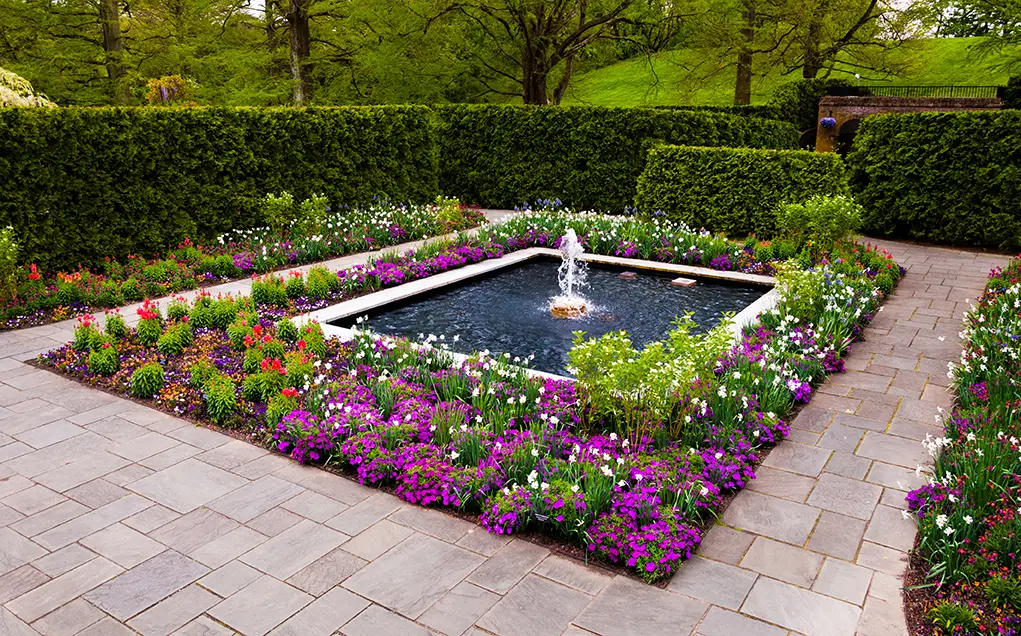
Extravagant landscaping with complex gardens, fountains, and sculpted hedges once symbolized luxury, but now it’s a turnoff for many buyers. The time, effort, and cost required to maintain an intricate landscape are simply not appealing to most modern homeowners. Buyers today favor low-maintenance outdoor spaces that are functional, like simple patios, fire pits, and native plants that require minimal upkeep. The demand for sustainability has also encouraged the shift toward drought-resistant landscaping and eco-friendly gardening options.
Moreover, highly customized landscaping can make a property feel too personalized, making it harder for buyers to envision their own outdoor preferences. Overgrown or high-maintenance yards can also deter buyers who aren’t interested in investing in ongoing lawn care. Instead, many prefer open, flexible spaces that allow for easy customization. A well-maintained but simple yard is far more attractive to today’s buyers than an overdesigned landscape requiring constant attention.
9. Huge Luxury Showers
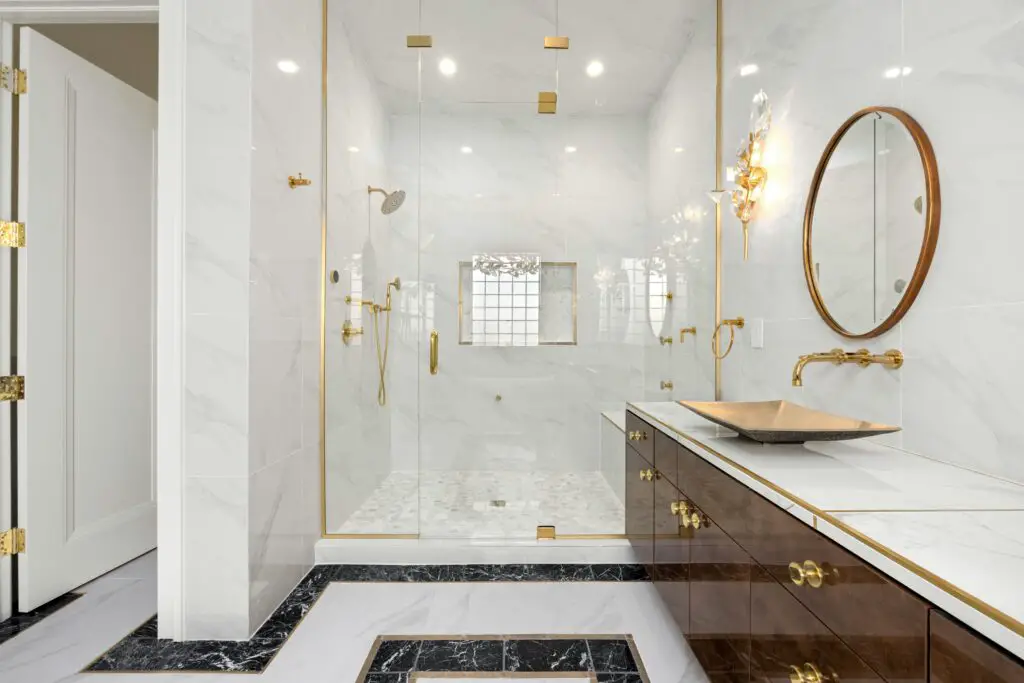
Luxury walk-in showers with multiple showerheads and body jets may seem appealing at first, but their impracticality is becoming more evident. These oversized showers use an excessive amount of water, which raises both environmental concerns and utility costs. They also take up a lot of space, often eliminating valuable storage or vanity space in the bathroom. While spa-like experiences are still desirable, most buyers now prefer efficient, well-designed showers over unnecessarily large, water-wasting setups.
Additionally, these showers often require expensive maintenance and repairs due to complex plumbing systems. Hard water buildup and mold growth in the jets can be a hassle, leading to frequent cleaning and maintenance. With many homeowners prioritizing sustainability, the high water consumption of whirlpool showers is a major drawback. Today’s buyers are opting for more practical rain showers or steam showers that provide luxury without waste.
10. Wine Cellars
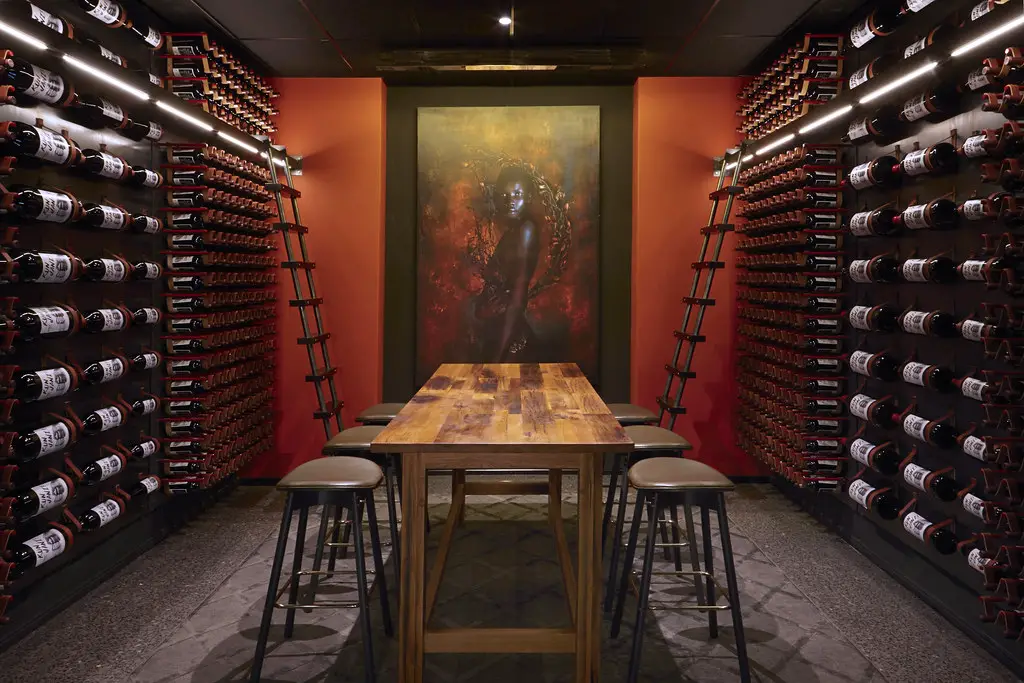
Once considered a must-have for luxury homes, wine cellars have lost their appeal for many modern buyers. While wine enthusiasts may still appreciate them, the majority of homeowners find them to be wasted space, especially if they don’t collect wine. These temperature-controlled rooms require significant upkeep and energy consumption, making them less practical for the average homeowner. Additionally, with the rise of compact wine fridges and built-in storage solutions, a full wine cellar feels excessive.
Beyond practicality, wine cellars are often located in basements, which can be inconvenient for daily use. Many buyers now prioritize home features that serve multiple purposes, such as walk-in pantries or additional storage spaces. A dedicated wine cellar can be difficult to repurpose, making it a drawback for those who don’t share the previous owner’s passion for collecting bottles. As a result, many sellers find that these once-coveted rooms no longer add significant value to a home.
11. Outdoor Kitchens
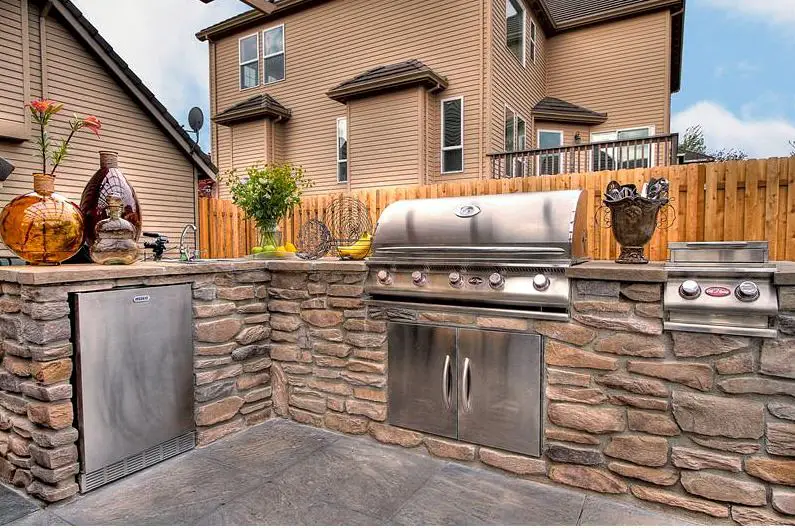
Outdoor kitchens were once the ultimate backyard luxury, but they’re now seen as impractical and high-maintenance. While the idea of hosting barbecues and alfresco dinners sounds appealing, many homeowners find that they rarely use these spaces. Factors such as unpredictable weather, seasonal limitations, and upkeep costs make outdoor kitchens more of a hassle than a benefit. Built-in grills, countertops, and refrigerators also require regular cleaning and maintenance, which can be a deterrent for busy homeowners.
Additionally, outdoor kitchens take up valuable patio or backyard space that could be used for more versatile features. Many buyers now prefer simple, well-designed outdoor seating areas with a fire pit or minimalistic barbecue setup. An outdoor kitchen can also become an eyesore if it isn’t well-maintained, which can be a turnoff for potential buyers. Instead of a full kitchen setup, most homeowners now opt for functional outdoor spaces that are easy to manage and enjoy year-round.
12. Elaborate Security Systems with Built-In Wiring
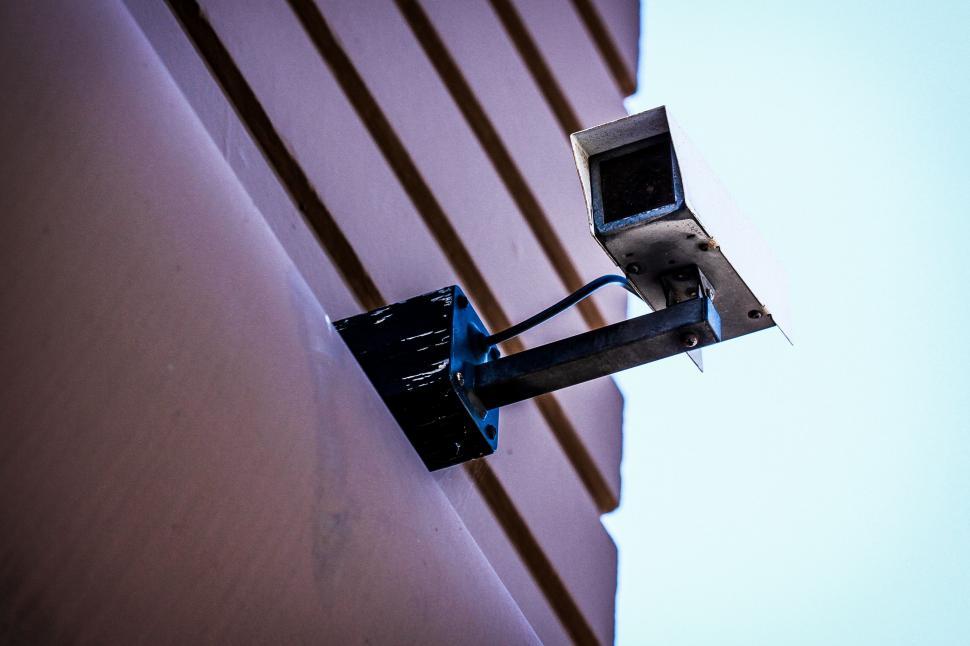
Hardwired security systems with extensive wiring were once the pinnacle of home safety, but today, they feel outdated compared to modern smart home security solutions. These systems require professional installation and can be difficult to upgrade or remove, making them inconvenient for new homeowners. In contrast, wireless security cameras, smart doorbells, and app-controlled alarm systems offer more flexibility and are easier to install and manage. Buyers now prefer security features that can be customized to their needs rather than being locked into an outdated system.
Additionally, older security systems can be costly to maintain and may become obsolete as technology advances. Many buyers don’t want to deal with complicated control panels and outdated keypads when more intuitive, smartphone-compatible options are available. Hardwired systems also limit a homeowner’s ability to move or adjust cameras and sensors without professional help. As home technology continues to evolve, built-in security systems are quickly
